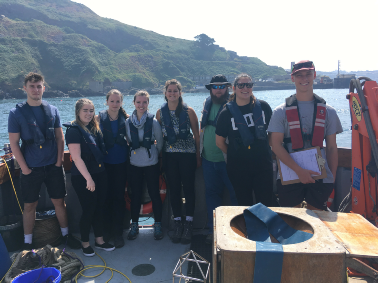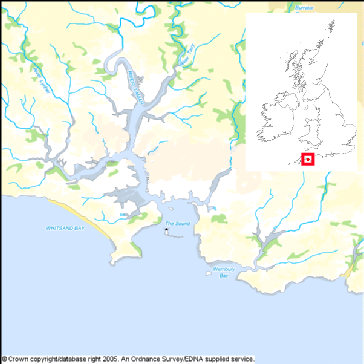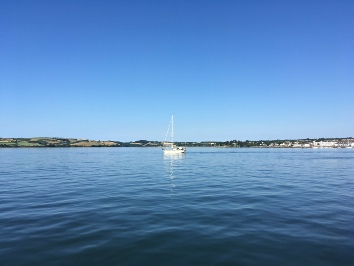
PLYMOUTH 2018

REFERENCES
[1] Tattersall, G., Elliott, A. and Lynn, N. (2002). Suspended Sediment Transport
In The Tamar Estuary. [online] Cefas.co.uk. Available at: https://www.cefas.co.uk/publications/posters/29363.pdf#
[Accessed 6 Jul. 2018]
[2] Gosling, S., Lewis, E., Birkinshaw, S., Tratalos, J.
and Haines-Young, R. (n.d.). The effects of future land-cover change on UK river
flows. [online] Uknea.unep-wcmc.org. Available at:
[3] Designatedsites.naturalengland.org.uk.
(n.d.). Natural England Conservation Advice for Marine Protected Areas Plymouth Sound
and Estuaries SAC. [online] Available at: https://designatedsites.naturalengland.org.uk/Marine/MarineSiteDetail.aspx?SiteCode=UK0013111&SiteName=&countyCode=&responsiblePerson=&SeaArea=&IFCAArea=
[Accessed 6 Jul. 2018].
[4] Ukmarinesac.org.uk. (n.d.). Plymouth Sound and Estuaries
European marine site: Case History. [online] Available at: http://www.ukmarinesac.org.uk/pdfs/casestudy-plymouth.pdf
[Accessed 6 Jul. 2018].
[5] Inset map (Figure 1) available at: http://jncc.defra.gov.uk/protectedsites/sacselection/sac.asp?EUCode=UK0013111
[6]
Main map (Figure 2) available at: http://www.soes.soton.ac.uk/teaching/courses/soes3018/2005/group12/Group12sitejazz.htm
WELCOME!
PLYMOUTH SOUND
The Plymouth Sound and estuaries are one of twelve ria systems in England, and are located on the South West coast. The Sound has a complex system of tributaries including that of The Tamar Valley, which is the largest estuarine system in the South West of England. The Tamar is a mesotidal estuary with a tidal range of 3.5m, and has an annual freshwater discharge of 27 m3s-1 - a relatively high flow when compared to the freshwater discharge of other UK catchments [1][2].
The area is of international marine conservation importance due to the highly varied salinity and high diversity of sedimentary and reef habitats which give rise to diverse communities and unusual physical and chemical features. Extensive saltmarsh, intertidal mud flats and reef communities contribute to the areas SAC status [3]. The area also has high socio-economic importance as it supports 400,000 people, is a major tourist destination, and a Naval Base is located within the area [4].
This site presents the initial findings of our group’s biological, chemical and physical investigations carried out in the water columns of Plymouth Sound and its associated estuaries.
The investigations took place over twelve days by students from the University of Southampton, collecting data from offshore, estuarine and terrestrial coastal environments. This is a significant area to study given its Special Area of Conservation (SAC) status.
Or for all references together, see our reference page - here.
HOME
The aim of the field course was to investigate the biological, physical, and chemical characteristics of the coastal and estuarine system of Plymouth. To do this we used the vessels RV Callista, Falcon Spirit, Xplorer and Winnie the Pooh to carry out various surveys from offshore Plymouth Sound to the upper Tamar estuary.
This website presents a bit about each survey and investigation and presents our initial findings for each.

Figure 1: Inset image: Location of Plymouth Sound and estuaries [5], Figure 2: main image: map of Plymouth sound and estuaries [6].

THE FIELD COURSE
| Our Findings Home |
| Offshore |
| Estuary |
| Geophysics |
| C1 |
| C2/3 |
| C4 |
| C5 |
| C6 |
| C7 |
| Falcon Spirit |
| Winnie the Pooh |
| Pontoon |